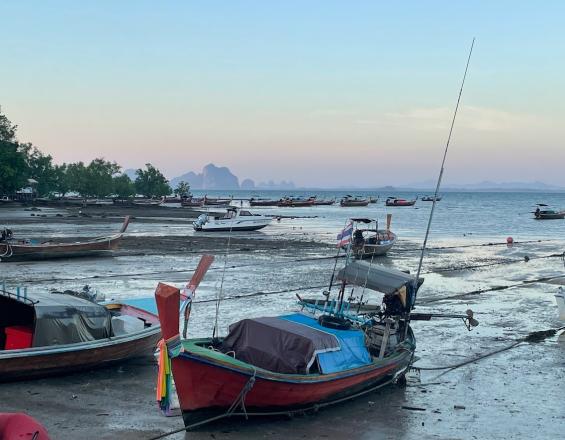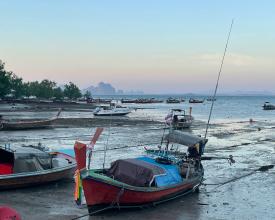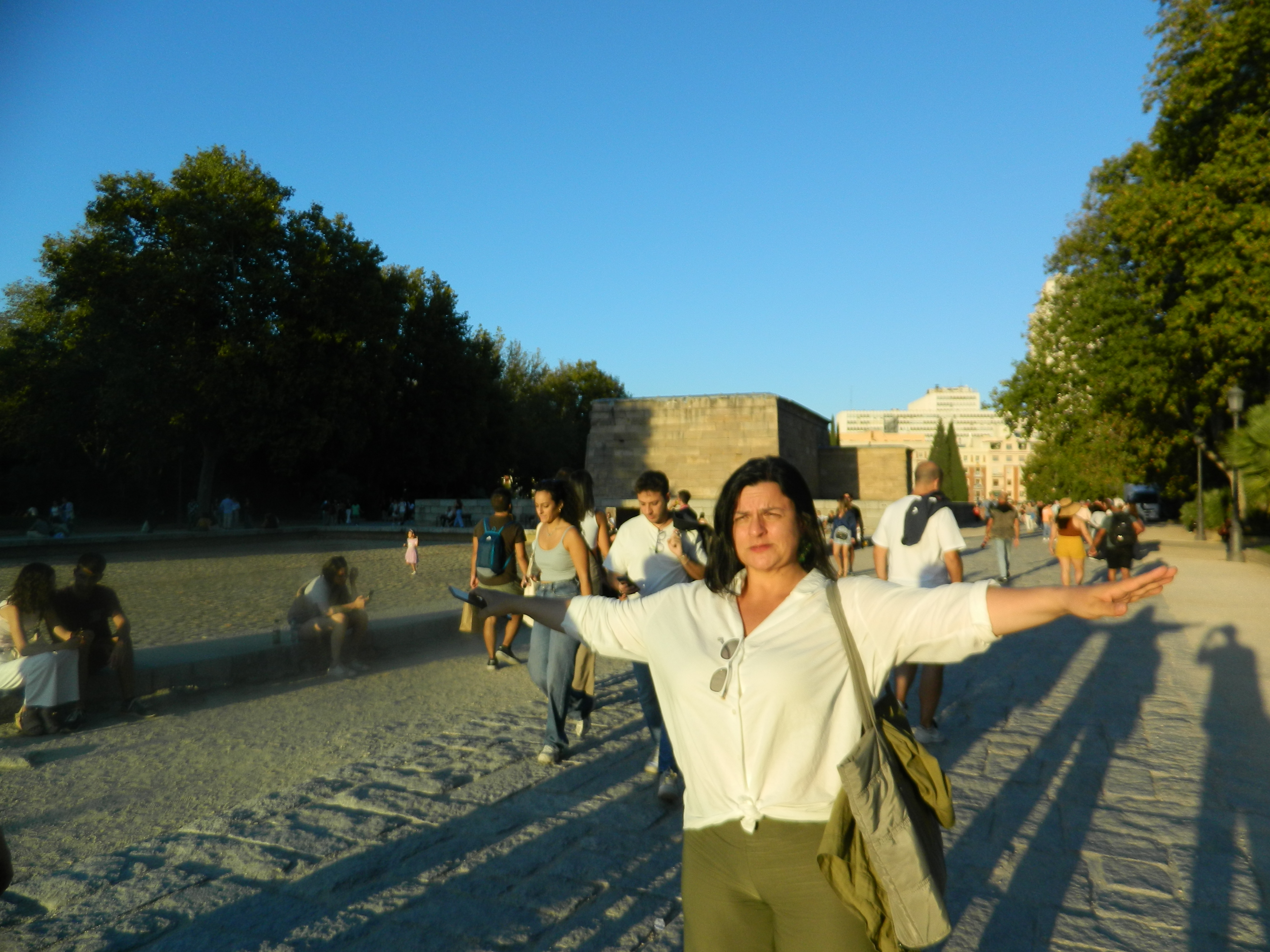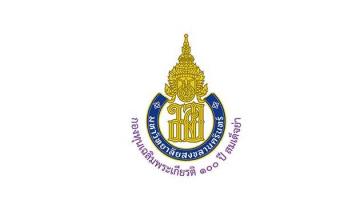
Ecotourism in Hat Chao Mai - Ko Libong seascape: How it benefits people and nature

The development of ecotourism in Trang province, Thailand, has been driven by a combination of government policies, viral social media, and local entrepreneurship. The government-initiated conservation measures to protect endangered species, particularly dugongs, and ecosystems like seagrass beds, started with banning destructive fishing practices. This initially caused social conflicts among local fishers, but the government and community groups worked together to enforce these policies and find solutions.
A turning point came when a baby dugong named Mariam, rescued by the Department of Marine and Coastal Resources, gained widespread attention on social media. The viral video of Mariam sparked public interest in visiting Trang's Andaman coast, leading to a surge in tourism.
Additionally, community conservation groups helped raise awareness about environmental protection, involving locals and tourists in conservation activities, and promoting sustainable tourism practices.
Context
Challenges addressed
Marine natural resources were depleted by destructive fishing practices thirty years ago, including seagrass beds, which are the main source of food for dugongs. Seagrass beds have also not fully recovered yet, due to the sediment dispersion from canal dredging activities, unsustainable fishing practices among other factors, and extreme climate fluctuation in the region.
Currently, there are still many death or injury incidents within the dugong population, due to boat propellers, fish nets or boat strikes or other hard items.
Location
Process
Summary of the process
Ecotourism in Trang province developed in a context that enabled entrepreneurship in the sector to grow. Firstly, the political will of the government to preserve natural resources, in particular dugongs and seagrass beds, was translated into a new management policy that banned destructive practices. Community fishers’ groups got involved in supporting the authorities in law enforcement. Then, rescued baby dugong Mariam made the buzz on social media, whose video became viral in the country. It triggered the general public attention and interest in dugong, but more generally in the beautiful Andaman coast. Many people from Thailand and abroad started to visit the province. The growth of visitors number in the area offered new business opportunities, in particular the creation of resorts, homestays, providing additional incomes to local people. At the same time, community conservation groups federated around a flagship species (e.g. dugong) or ecosystems (e.g. seagrass) and contributed greatly in raising awareness among the local communities and visitors and in conservation activities.
Building Blocks
Updated management policy
The government decided to act in order to prevent further destruction of natural resources. A new management policy was created and implemented, that banned destructive fishing practices, such as trawling in seabed areas, harmful fishing gears along with the offshore and coastal areas.
At the time, it negatively impacted local fishers, which generated social conflicts. The local Fishery Association and the government together tried to find solutions to mitigate the effects on certain groups of fishers’ livelihoods. At the same time they engaged in law enforcement activities together with the authorities.
Ecotourism development
Tourism development opportunities materialized, thanks to Mariam, the rescued baby dugong's video buzz. Native Trang province people, trained and employed in the tourism industry elsewhere in the country, came back to their hometown to open and run a homestay. They work with their relatives in the villages to provide services to their guests. These small family businesses have generated alternative incomes to local community members and helped to mitigate the conflicts related to the ban of destructive fishing gears and practices.
Enabling factors
Mariam, an orphan baby dugong, was brought to the Department of Marine and Coastal Resources, where she was taken care of. At the time, the Department issued a new policy to conserve and protect dugongs. A video of Mariam was posted on social media and went viral. People found her so cute that they wanted to come and visit her, and more broadly see the Andaman coast. This coastal region in Thailand became an important tourist destination.
Active community conservation groups
Following the new management policy implemented by the government, many community associations and groups organised themselves and became active in raising awareness among their communities and in implementing conservation activities. These groups are active in citizen science, collecting data from several generations, in beach cleaning, seagrass replantation, plastic waste collection and upcycling.
Impacts
- Increase of dugong population
- Social cohesion and active conservation groups
- Additional incomes for local people
- General public awareness of dugong and conservation in Trang province
Beneficiaries
Homestay owners and their relatives
Sustainable Development Goals
Story
Thip-Usa Saengsawang, a native of Koh Libong, Trang province, recalls the coastal Muslim community and the abundance of marine life that defined her island home in the Andaman Sea. In her youth, the sea surrounding Koh Libong was rich in seagrass, which attracted hundreds of dugongs, a common sight at the time. Over the decades, however, environmental degradation and the impact of tourism have reduced the island's natural resources and wildlife, including the once plentiful dugongs.
Ten years ago, local villagers, inspired by research teams, formed the Dugong Guard Voluntary Group to conserve the island’s marine life. They learned research methods and began regularly surveying the health of seagrass beds, essential for dugongs’ survival, and launched initiatives to promote sustainable tourism. One of the group’s main activities is to monitor seagrass before and after the tourist season to analyse the environmental impact and advocate for responsible tourism.
With increased awareness of marine conservation, the community now plays an active role in protecting the island’s biodiversity. Volunteers, especially youth, are educated about the seagrass ecosystem and its importance. Over the years, the group has also expanded its network, collaborating with nearby villages and research organizations to strengthen their conservation efforts.
Recent positive developments include the hatching of 77 green sea turtles on the island after a long absence, as well as the approval of a government policy for coastal and marine conservation in the province. Thip-Usa emphasizes that conservation work requires a unified effort involving local communities, researchers, and the government. She hopes the efforts to protect marine resources will remain consistent and not fade with the passing of public interest.
Resource: https://ngthai.com/environment/34298/kolibongvolunteerwork/



